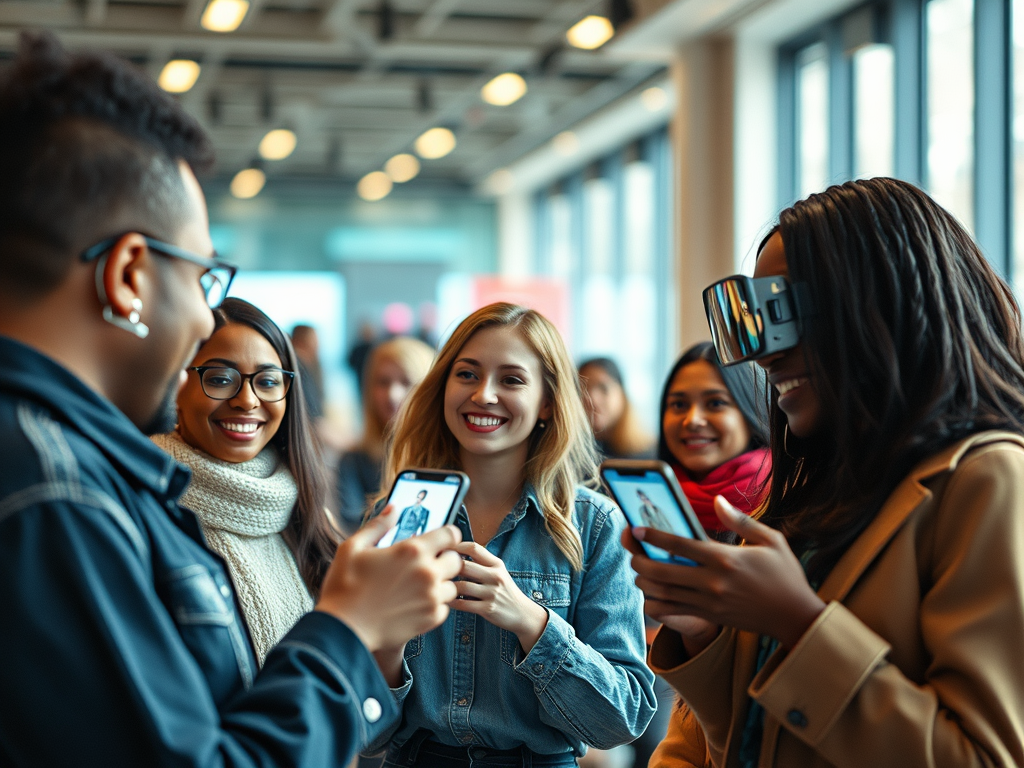The clothing industry has always been a dynamic sector, continuously adapting to emerging trends and technological advancements. In recent years, Artificial Intelligence (AI) has played a transformative role in improving the online shopping experience. One of the most innovative applications of AI in this area is the rise of Virtual Try-On (VTO) technology, which is redefining how consumers interact with fashion retailers online.
The Evolution of Online Shopping in Fashion
Traditionally, online shopping in the clothing industry faced significant hurdles, such as the inability to physically try on clothes before purchasing. This often led to customer dissatisfaction, increased return rates, and a lack of confidence in online purchases. However, with AI-driven innovations, fashion retailers are now able to bridge the gap between the digital and physical shopping experiences.
What is Virtual Try-On (VTO) Technology?
Virtual try-on technology takes the advantage of AI, augmented reality (AR) and computer vision to allow customers to visualize how clothing items will look and fit on their bodies without physically trying them on. By uploading a photo or using live camera feeds, shoppers can see realistic representations of garments draped over their virtual avatars.
How AI Improves Virtual Try-On Technology
- Personalized Fit and Sizing: AI algorithms analyze customer body measurements and preferences to suggest the best-fitting garments.
- Realistic Visualization: AI-powered simulations provide accurate representations of fabric textures, colors, and fit, giving users a clear idea of how the clothing will look in real life.
- Data Analysis for Recommendations: By analyzing past purchases and browsing behavior, AI can recommend clothing items suitable for individual tastes.
- Continuous Learning: Machine learning models improve over time, becoming more accurate at predicting fit and style preferences.
Benefits of Virtual Try-On for Consumers
Improved Shopping Experience: Shoppers can make more accurate decisions with data analytics, reducing the guesswork involved in online shopping.
Reduced Returns: Accurate size recommendations and visualizations help lower return rates, benefiting both consumers and retailers.
Increased Confidence: Virtual try-ons increase confidence in consumers by giving them a better sense of how an item will look and fit.
Benefits for Retailers
Higher Conversion Rates: With a more engaging and interactive shopping experience, retailers can increase the likelihood of purchase.
Lower Operational Costs: Reduced return rates lead to decreased costs associated with restocking and shipping.
Future Challenges
While virtual try-on technology is rapidly advancing, challenges remain, such as ensuring accuracy across diverse body types and managing the computational demands of real-time rendering. Privacy concerns related to the use of personal images also require careful handling.
Looking ahead, the integration of AI-driven virtual try-ons with emerging technologies like virtual reality (VR) and the metaverse is likely to further revolutionize the online shopping experience. As fashion brands continue to invest in these technologies, consumers can expect even more immersive and personalized shopping journeys.
